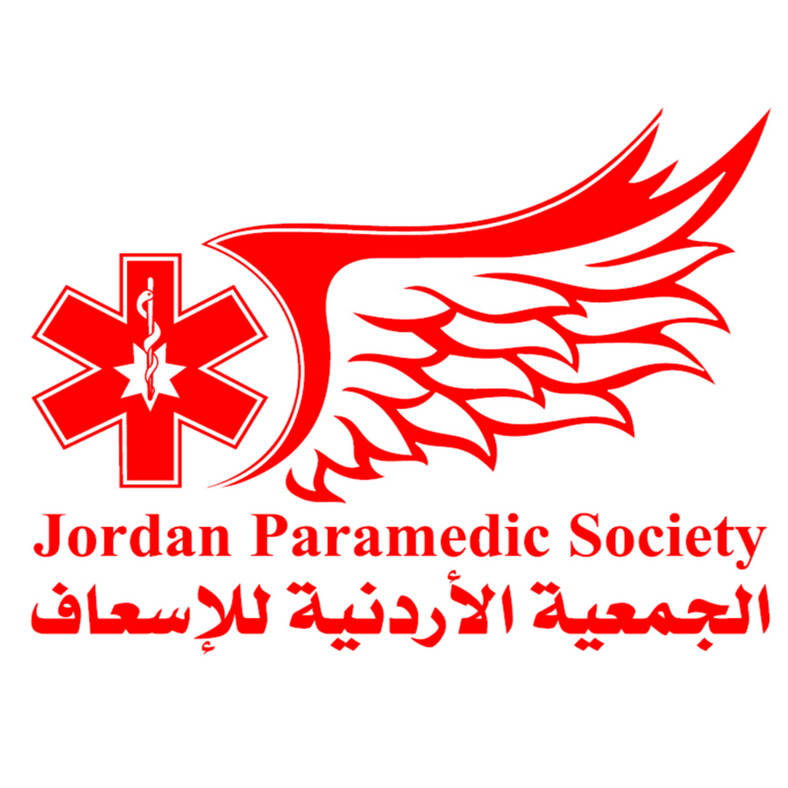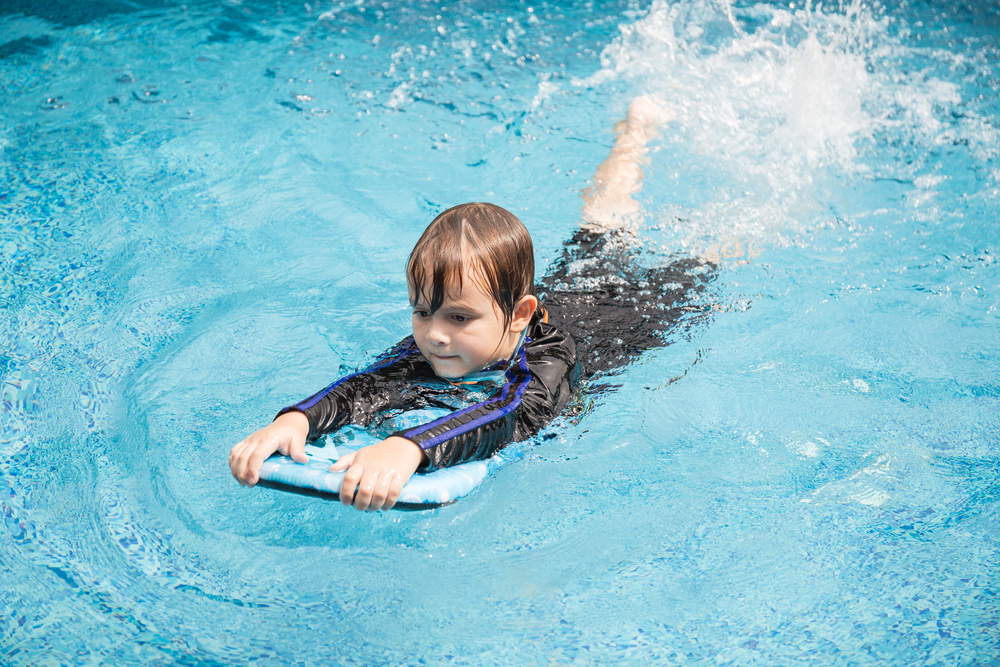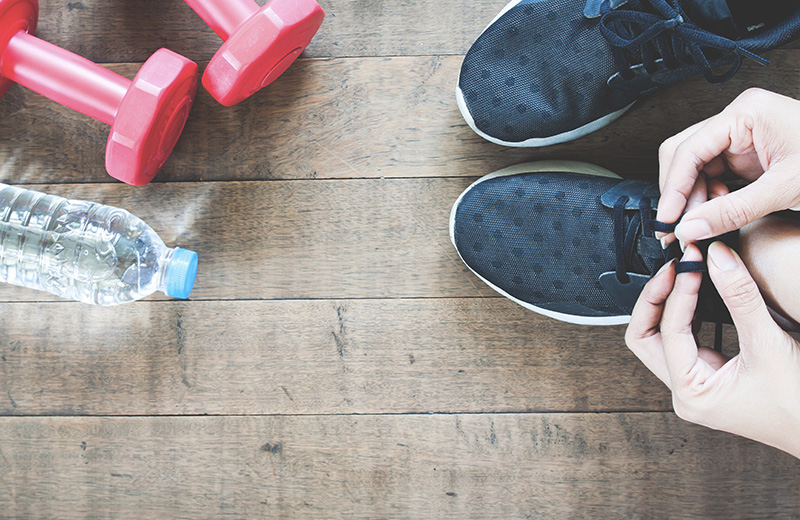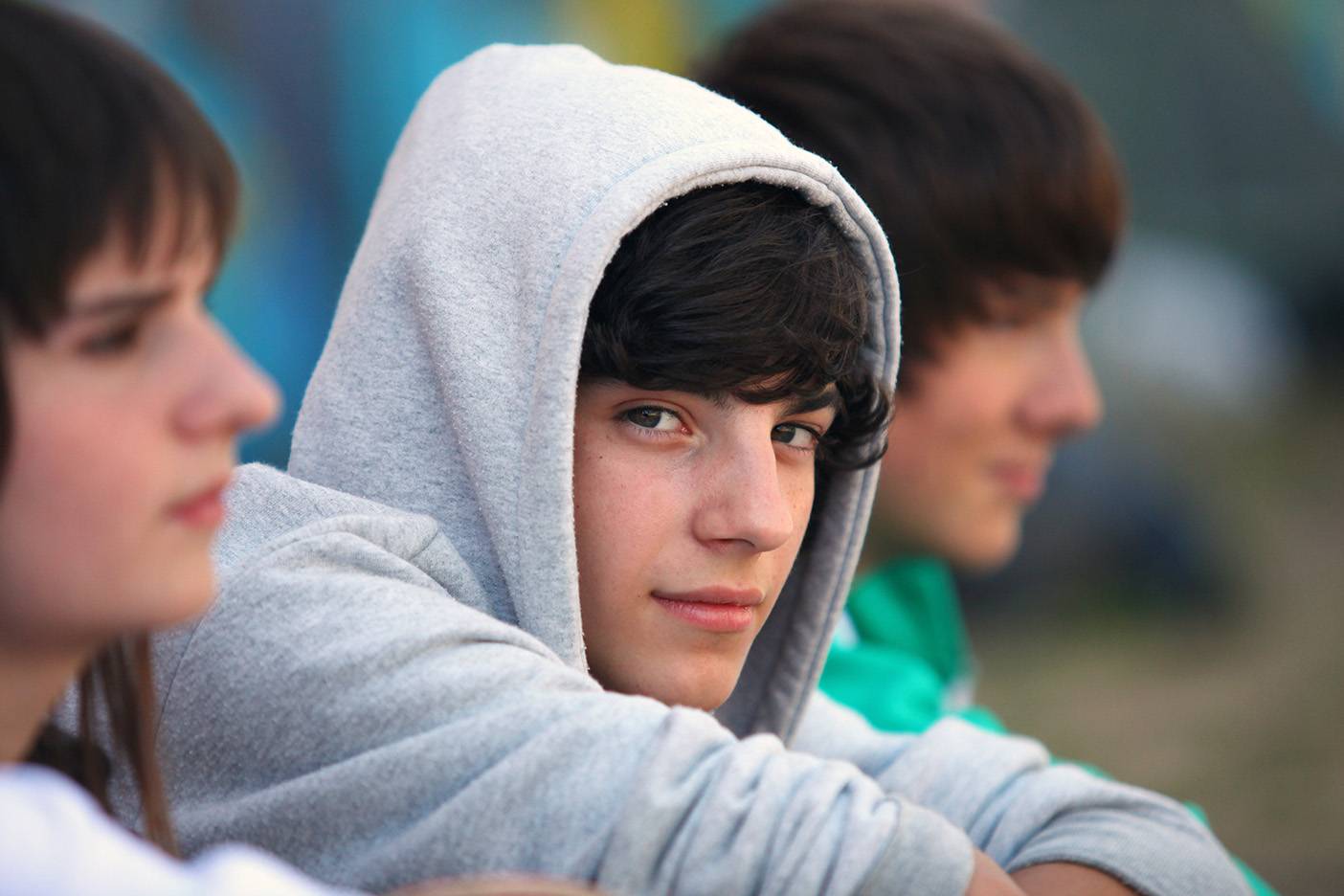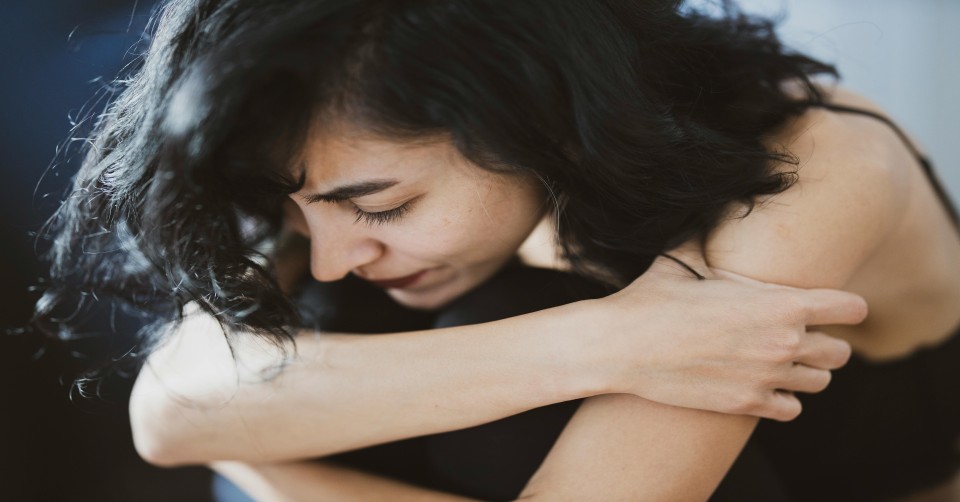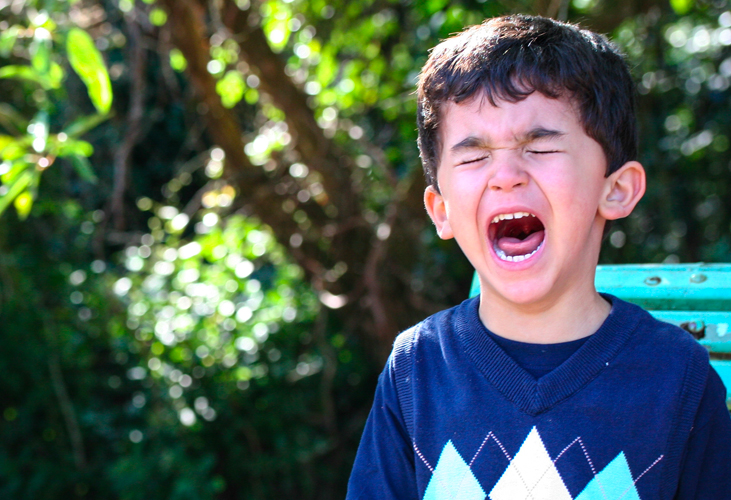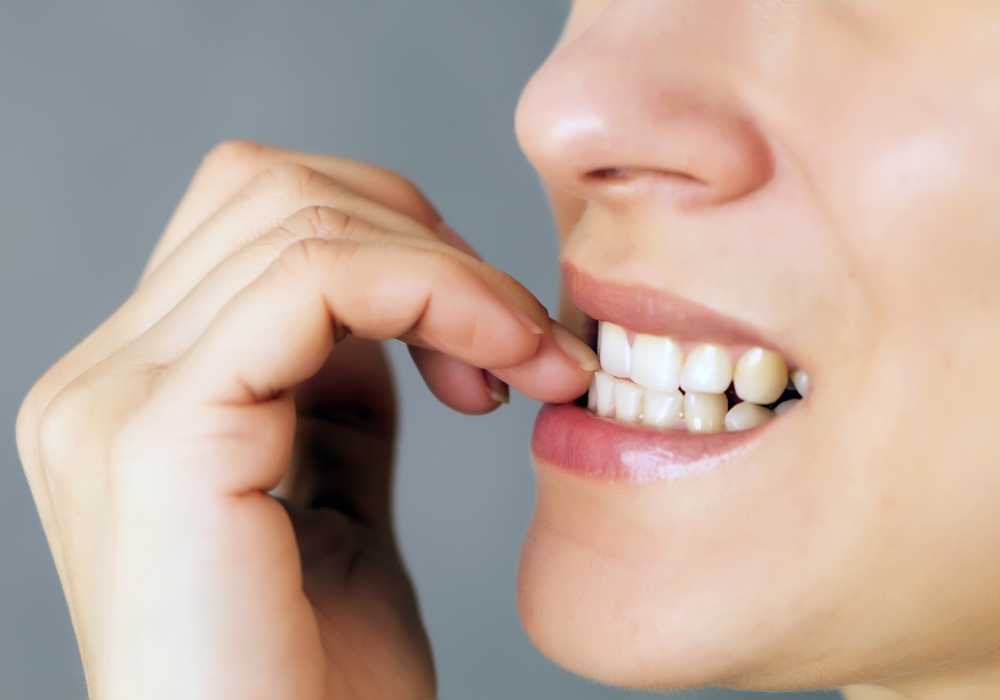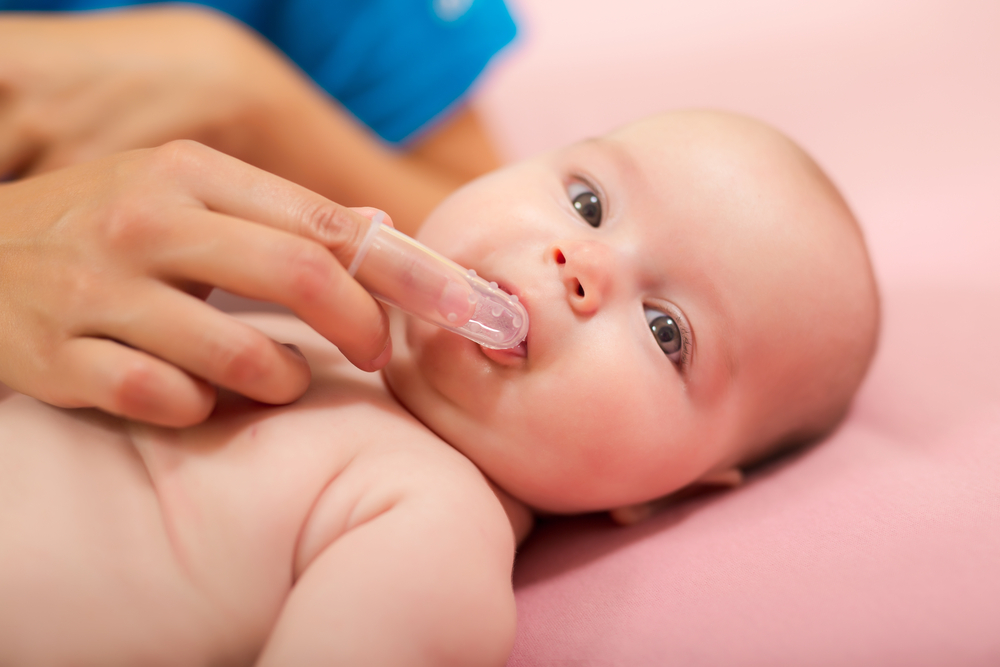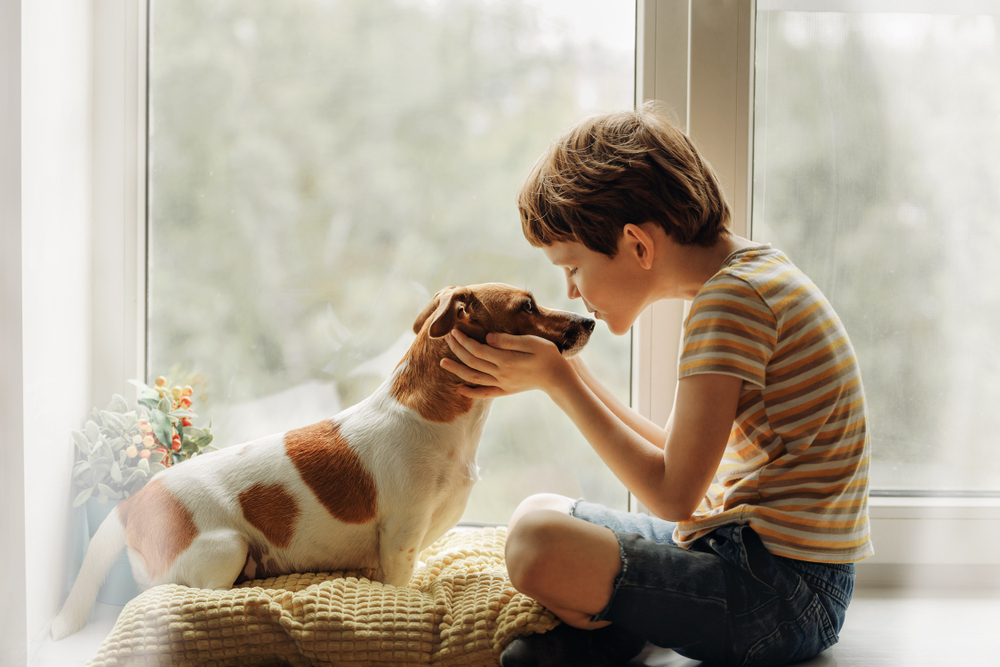Children's Health
First Aid : Dealing with burns
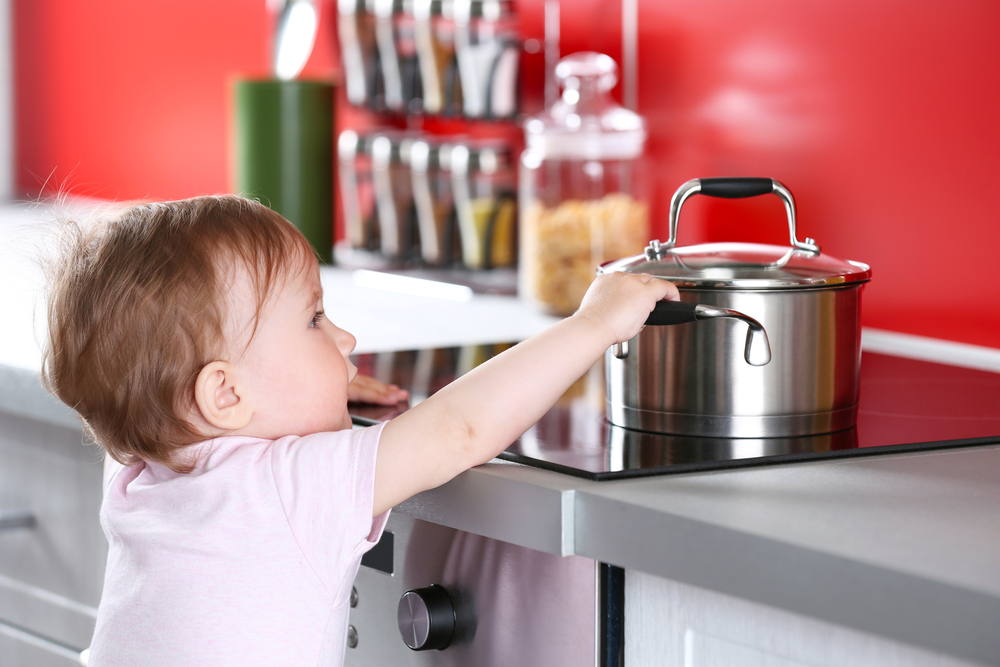
Burns is a very common, yet often preventable, injury in children. They occur when the skin is exposed to prolonged sunlight, extreme heat, or dangerous chemicals, and they can range from trivial to deadly. In this article, we will cover prevention and treatment for the three categories of burns: first degree, second degree, and third degree.
First Degree Burns
First degree burns often occur when the skin is exposed to the sun or to minor heat. Symptoms of first-degree burns include redness and pain.
How to prevent?
You can take various measures to keep your child safe from first degree burns, for instance:
- Your child should always wear sunscreen.
- Additionally, electronic devices such as lights and toasters should be kept out of reach of small children.
If your child gets a first-degree burn, you can treat it by:
- applying cooling ointments to the affected area.
- Running the burn under cold water for 10 minutes.
- The burn does not need to be covered or given advanced medical attention.
Second Degree Burns
Second-degree burns occur when the skin is exposed to extremely hot metals or liquids. Their symptoms include blisters as well as redness and pain.
How to prevent?
The best way to prevent second-degree burns is:
- Keep children away from very hot substances like stovetops or boiling water.
- Children should always be supervised when cooking.
If your child gets a second-degree burn, you should:
- Wash the affected area with cool, salty water for 10 minutes.
- Then dry it and apply cooling ointment.
- You should also cover the burn with sterile gauze to prevent infection.
- The burn does not need to be given advanced medical attention.
- DO NOT try to open the blisters by yourself because you might risk infecting the area.
- Do not use toothpaste or any common household mixture as the water can do the same cooling effect without any risks.
Third Degree Burns
Third-degree burns can occur when the skin is exposed to direct fire, chemicals, or electricity. They are the most dangerous type of burns and require immediate medical attention. Symptoms of third-degree burns include blackness, a state of shock, severe pain, deformation, and a burning smell.
How to prevent?
It is essential to keep your child away from all substances capable of causing third-degree burns. For instance:
- All electrical outlets in your house should be covered.
- Dangerous chemicals should be kept on high shelves.
If your child suffers third-degree burns, immediately:
- Take them to the hospital or call 9-1-1.
- Confirm that they can still breathe and their temperature is remaining constant, as severe burns can cause airway blockages and hypothermia.
- If your child has ingested a dangerous chemical and burned their digestive system, do not give them any food or liquids.
- If your child is on fire, prevent them from running and cover them with a non-nylon blanket.
- Do not roll them on the ground. If the fire is petroleum-based,
- Do not try to put it out with water. Cover the area with a plastic bag and go to the hospital immediately.
For more information on burn treatment, consider taking an accredited course in first aid.
[Primary Source: Jordan Paramedic Society]

